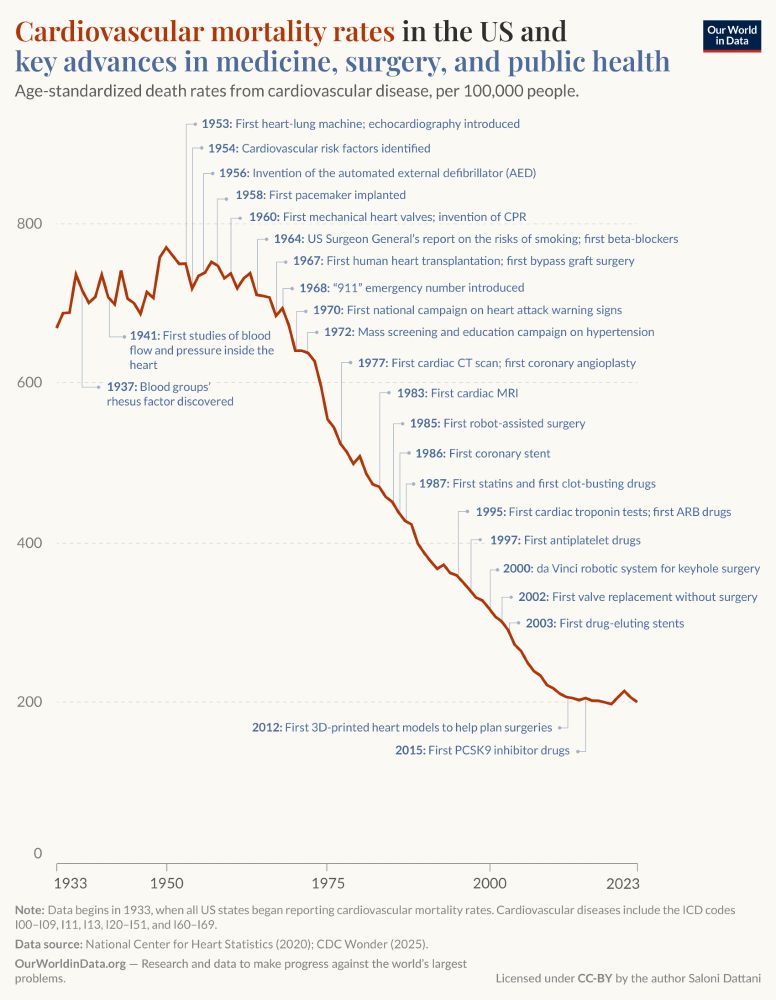Esteban Ortiz-Ospina
@eortizospina.bsky.social
4.7K followers
930 following
180 posts
Executive co-director @ourworldindata.org
Posts
Media
Videos
Starter Packs
Reposted by Esteban Ortiz-Ospina
Reposted by Esteban Ortiz-Ospina
Reposted by Esteban Ortiz-Ospina
Reposted by Esteban Ortiz-Ospina
Reposted by Esteban Ortiz-Ospina
Reposted by Esteban Ortiz-Ospina
Reposted by Esteban Ortiz-Ospina
Reposted by Esteban Ortiz-Ospina
Reposted by Esteban Ortiz-Ospina














